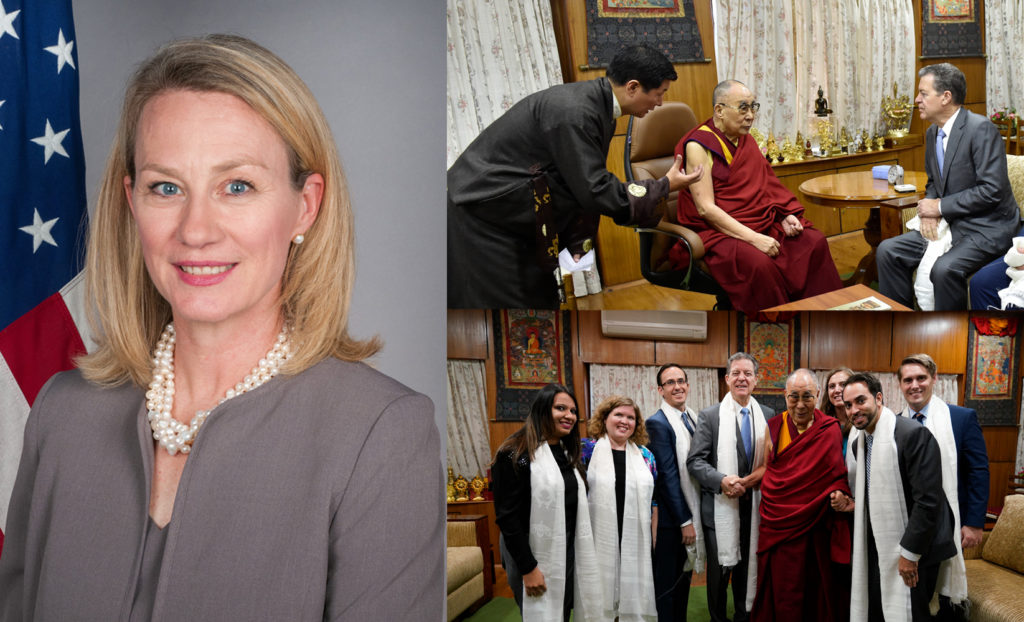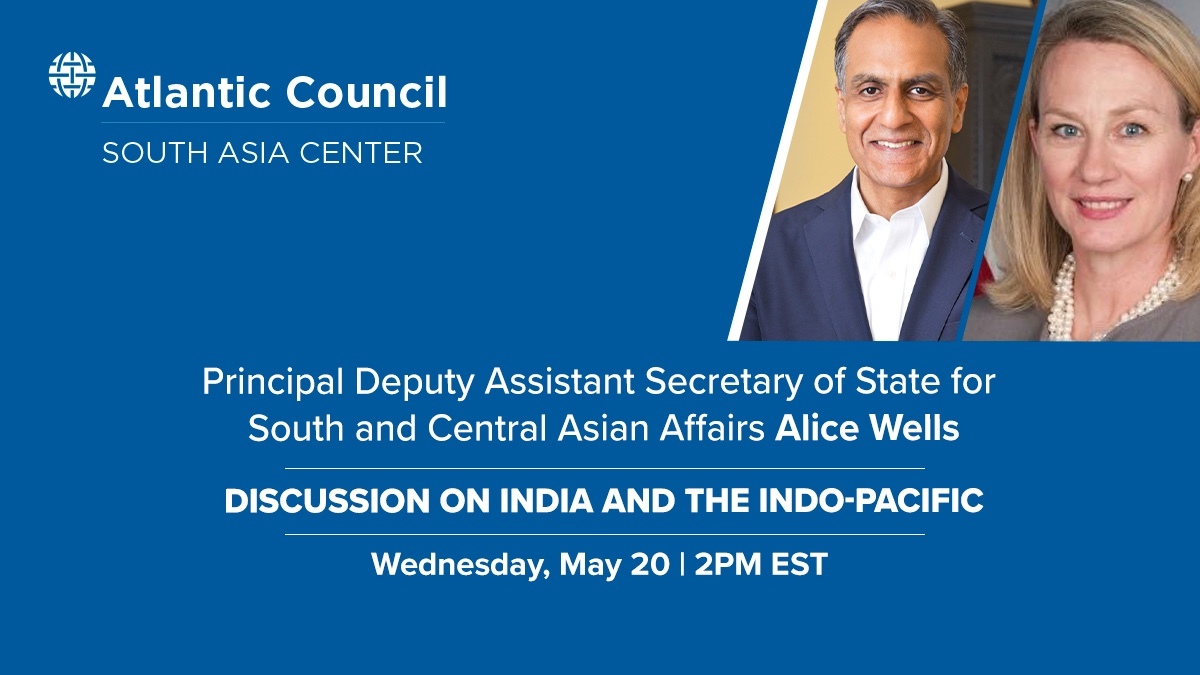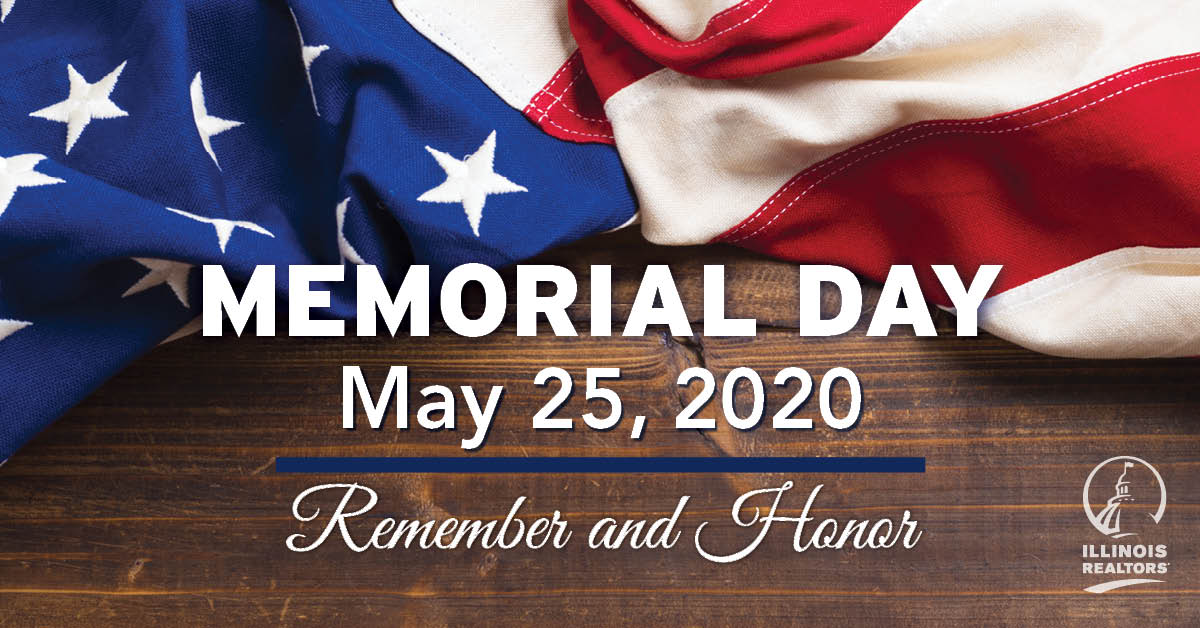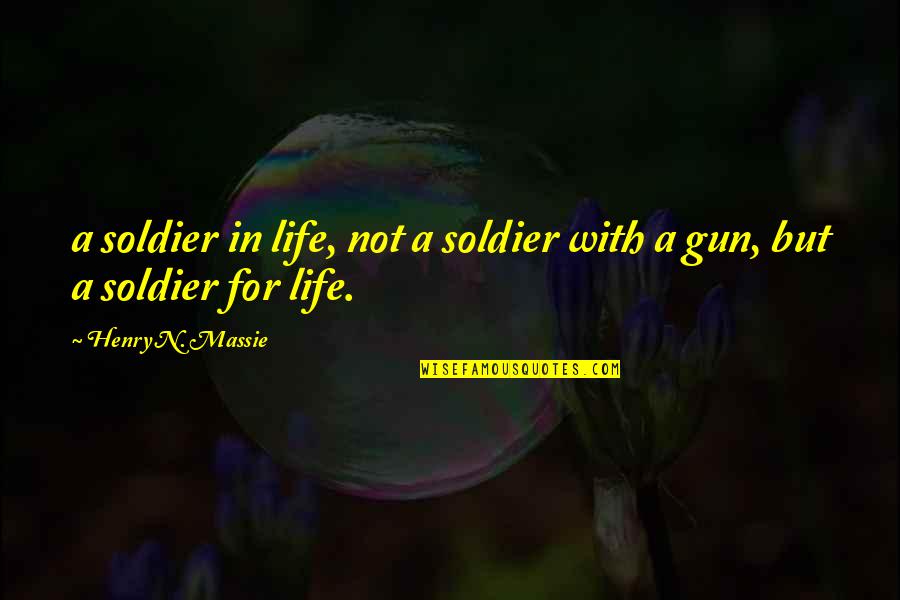My Musings on May 08, 1945, Victory in Europe, V-E Day. No Peace without preparing for War. The Legacy of World War II Hump Flights.

My Musings on May 08, 1945, Victory in Europe, V-E Day. No Peace without preparing for War. The Legacy of World War II Hump Flights.
On May 08, 2020, 75-Years after the Victory in Europe, I want to claim that there will be no Peace without preparing for War. I am specifically speaking about Peace, Freedom, and Justice for the Tibetan people. During the concluding phase of World War II, after the celebration of Victory in Europe, Tibet received a golden opportunity to prepare for War to prevent the Chinese Aggression of 1950.
I ask my readers to learn about the Hump Flights which essentially describe the beginning of ‘The Cold War’ in Asia. Apart from defeating the Japanese aggression in China, the US was deeply concerned about the spread of Communism to mainland China. At the same time, Tibet was concerned about its own security. Tibetans were concerned about the military power of both the Nationalists and the Communists who were fighting to gain control over the mainland China. The US delivered arms and ammunition to Tibet using the Hump Flights. That military assistance was inadequate and insufficient to meet the security challenge to Peace and Freedom in Tibet. Between 1945 and 1950, Tibet missed this golden opportunity to prepare for War that would have prevented the Chinese military conquest in October 1950.
Rudra Narasimham Rebbapragada
Special Frontier Force-Establishment No. 22-Vikas Regiment
6 brutal facts about ‘flying the hump’ — the deadly World War II air route over the unforgiving Himalayas
Blake Stilwell, We Are The Mighty Jun 15, 2018, 11:43 AM

My Musings on May 08, 1945, Victory in Europe, V-E Day. No Peace without preparing for War. The Legacy of World War II Hump Flights.
“The Hump” was the nickname Allied pilots gave the airlift operation that crossed the Himalayan foothills into China. It was the Army Air Force’s most dangerous airlift route, but it was the only way to supply Chinese forces fighting Japan — and things weren’t going well for China.
World War II began in 1937 for Chiang Ki-Shek’s nationalist China. By the time the United States began running supplies to the Chinese forces fighting Japan, the Western part of the country was firmly controlled by the invading Japanese. The Japanese also controlled Burma, on India’s Eastern border, cutting off the last land route to the Chinese. Aid would have to come by air and American planes would have to come from the West — over the “Roof of the World.”
But getting there was terribly inefficient.
As a matter of fact, the original plan to bomb targets on the Japanese mainland involved flying B-29s loaded with fuel over the Hump from India into China. But when the planes landed at Chengdu, they would often have to take on fuel to ensure they could make the flight home, as recounted by then-Army Air Forces officer and later Secretary of Defense Robert McNamara in the film The Fog of War.
Beyond the inefficiency of flying the Hump, it was incredibly dangerous. More than 1,000 men and 600 planes were lost over the 530-mile stretch of rugged terrain, and that’s a very conservative estimate. It was dubbed the “Skyway to Hell” and the “Aluminum Trail” for the number of planes that didn’t make it.
1. Flying the Hump was central to winning the war.

My Musings on May 08, 1945, Victory in Europe, V-E Day. No Peace without preparing for War. The Legacy of World War II Hump Flights. The Curtis C-46 Commando in flight.
When reading about World War II’s Pacific Theater, what comes up most often is the gallantry and bravery of Marines, sailors, and coasties who were part of the island-hopping campaign.
We also hear a lot about the bomber groups of airmen who devastated the Japanese home islands. What we seldom hear about is the US Army in the China, India, Burma theater who were busy building a 1,000-mile road and flying over the Himalayan foothills to keep China in the fight.
And this was vitally important.
China is a vast country, and when the Communists and nationalists joined forces to take on the Japanese, they were a massive force to take on. Three million Chinese soldiers kept 1.25 million Japanese troops in China, away from the ever-creeping Allies who were taking island after island, slowly getting closer to the Japanese mainland.
2. Extreme weather took down more US pilots than the Japanese.

My Musings on May 08, 1945, Victory in Europe, V-E Day. No Peace without preparing for War. The Legacy of World War II Hump Flights.The extent of Japanese control, red, in 1940.
Forget, for a moment, that American pilots were flying planes dubbed “The Flying Coffin” — the Curtis C-46 Commando — at times. The mountain ranges of the Himalayas caused jetstream-strength winds and dangerous weather at extreme altitudes. And when that doesn’t take you, a Japanese Zero will be there to try.
Pilots would plod along at ground speeds of around 30 miles per hour while the wind lifted their planes to 28,000 feet and then back to 6,000 shortly after. If pilots weren’t fighting ice storms or thunderstorms, they were fighting the Japanese.
3. Many pilots flying the Hump were newbies.

My Musings on May 08, 1945, Victory in Europe, V-E Day. No Peace without preparing for War. The Legacy of World War II Hump Flights. A C-46 transport plane of the Air Transport Command in the China India Burma Theater about to be loaded for important flight across “The Hump” to China, May 29, 1944.
(AP Photo)
Although the China National Aviation Corporation ran the route before the war and its pilots continued to run cargo over the Hump, the Army’s pilots were newly-trained flying officers with little experience flying in anything, let alone extreme weather. Even General Henry “Hap” Arnold — the only General of the Air Force ever bestowed such a title — got lost due to lack of oxygen flying the Hump.
This may have added to the fatality rate on the route — a full one-third of the men flying it died there.
4. If the weather didn’t get them, the terrain might.

My Musings on May 08, 1945, Victory in Europe, V-E Day. No Peace without preparing for War. The Legacy of World War II Hump Flights. Allied transportation lines in Burma and China’s Yunnan Province during World War II.
5. Inside the plane wasn’t great either.

My Musings on May 08, 1945, Victory in Europe, V-E Day. No Peace without preparing for War. The Legacy of World War II Hump Flights. Winging along over the 500-mile India-China air route that replaced the old Burma road, this plane from the Indian-China wing of the Air Transport Command returns to India from a trip into China on January 19, 1944. These ships, which fly the hazardous run alone, carry into China all supplies for the US 14th Air Force.
AP Photo
Pilots were issued fleece-lined jackets, boots, and gloves to keep their extremities from freezing during the flight. Lack of oxygen could cause pilots to veer off-course and into an almost certain death. C-46 cargo planes did not glide, their heavy engines causing an almost immediate dive. Once out of fuel, crews would have to bail out with minimal protection, cold weather gear, and nine rounds of a .45-caliber pistol.
6. That last bullet is for you.

My Musings on May 08, 1945, Victory in Europe, V-E Day. No Peace without preparing for War. The Legacy of World War II Hump Flights.The India-China division of the Air Transport Command celebrated Air Force Day on August 1, 1945 by sending over the “Hump” the most cargo ever carried in a day in regularly scheduled air operations — more than 5,327 tons of military equipment for use in China.
(AP Photo)
Whether crashing or bailing out into the freezing cold or jumping into enemy-held territory, there would be no search and rescue mission coming for crews flying the Hump. A rescue crew would be subject to the same extreme cold weather and fuel issues as any other plane. In enemy territory, Japanese patrols would capture American pilots, torture them, then kill them. Part of the training regimen for Hump pilots included the right way to use the last bullet on oneself.

My Musings on May 08, 1945, Victory in Europe, V-E Day. No Peace without preparing for War. The Legacy of World War II Hump Flights.
 In my analysis, the United States will not be able to support the military mission of Special Frontier Force without recognizing the McMahon Line in Kashmir. On behalf of Special Frontier Force I demand the United States to duly recognize the McMahon Line in Kashmir apart from recognizing it in Arunachal Pradesh to contain China’s military expansionism in Southeast Asia. In the past, China grabbed the Aksai Chin area of Kashmir taking the full advantage of the weakness of the US Policy in Southeast Asia.
Rudra Narasimham Rebbapragada
Special Frontier Force-Establishment No. 22-Vikas Regiment
In my analysis, the United States will not be able to support the military mission of Special Frontier Force without recognizing the McMahon Line in Kashmir. On behalf of Special Frontier Force I demand the United States to duly recognize the McMahon Line in Kashmir apart from recognizing it in Arunachal Pradesh to contain China’s military expansionism in Southeast Asia. In the past, China grabbed the Aksai Chin area of Kashmir taking the full advantage of the weakness of the US Policy in Southeast Asia.
Rudra Narasimham Rebbapragada
Special Frontier Force-Establishment No. 22-Vikas Regiment
 Principal Deputy Assistant Secretary for South and Central Asian Affairs Alice Wells: Discussion on India and the Indo-Pacific
REMARKS
THE ATLANTIC COUNCIL
WASHINGTON, DC
Principal Deputy Assistant Secretary for South and Central Asian Affairs Alice Wells: Discussion on India and the Indo-Pacific
REMARKS
THE ATLANTIC COUNCIL
WASHINGTON, DC
 Mr. Kempe: Hello, everyone. I’m Fred Kempe. I’m President and CEO of the Atlantic Council and I’m delighted to have you in this virtual room with two of my favorite people, and I’ll get to that in a second, but there are not two more people more knowledgeable in their fields or more accomplished in their work as diplomats.
We talk a lot about social distance. We like to call it Atlantic Council geographic distance because we feel through these meetings we can bring all of you closer together socially and intellectually.
As a reminder, today’s meeting, which is a discussion on India and the Indo-Pacific, is public and on the record.
We are fortunate today to be joined by Ambassador Alice Wells, Principal Deputy Assistant Secretary of State for South and Central Asian Affairs. We’re especially grateful to host Ambassador Wells today. She will be retiring after an enormously distinguished 31 year career serving as a diplomat with the U.S. Department of State this Saturday.
Ambassador Wells assumed her duties as Acting Assistant Secretary for South and Central Asia in June 2017. I’m delighted to say that the Atlantic Council has had the good fortune of working with her and hosting her several times during this tenure.
Prior to her current post, Ambassador Wells served as the U.S. Ambassador to the Kingdom of Jordan, one of the most important positions in that region; a Senior Advisor in the Near Eastern Affairs Bureau in Department of State; Special Assistant to the President for Russia and Central Asia; and much more. During her time in the Foreign Service she served in U.S. embassies in New Delhi, Islamabad, in Riyadh. In short, she knows the world and she knows her stuff.
Alice, please allow me once again to thank you for your distinguished service.
We’re also joined by Ambassador Richard Verma, Vice Chair and Partner to the Asia Group and former U.S. Ambassador to India from 2014 to 2017.
Ambassador Verma has a distinguished career also over the past 25 years, serving across the U.S. government as Assistant Secretary of State for Legislative Affairs, Senior National Security Advisor to the Senate Majority Leader, and as Judge Advocate in the U.S. Air Force.
Our two participants, as I said earlier, are two of the most knowledgeable and accomplished individuals working on India and the Indo-Pacific. I look forward, as we all do on this virtual call, to your conversation. So Alice, Rich, it’s a pleasure to know you and it’s going to be a great pleasure to listen to you.
I think Alice, you’re going to kick us off, Ambassador Wells will kick us off with some opening remarks, and then we’ll ask Rich to moderate the event.
Ambassador Verma:
Let me turn to another frankly tense issue which is the border standoff. As you noted, Indian and Chinese forces often coming into contact with each other perhaps more frequently, even in the last week or so additional security challenges on that front. How much does that worry you? Can you give us a sense, are there de-escalatory measures that can be taken? This 2200 mile contested border presents some real security challenges for the Indian side.
Ambassador Wells: I think for anyone who was under any illusions that Chinese aggression was only rhetorical, I think they need to speak to India where India on a weekly, monthly, but certainly a very regular basis has to experience the pinpricks of Chinese military. It’s a reminder of what’s at stake in building a world order and sustaining a world order that respects sovereignty, territorial integrity, as well as respects the rules of international trade that have allowed, again, so many hundreds of millions to be lifted out of poverty.
We in the United States recognize the McMahon Line.
We’ve always recognized Arunachal Pradesh as an Indian state. We certainly urge India and China on the Line of Actual Control to engage diplomatically to resolve any outstanding differences. But this is, if you look to the South China Sea, there’s a method here to Chinese operations and it is that constant aggression, the constant attempt to shift the norms, to shift what is the status quo, that has to be resisted whether it’s in the South China Sea where we’ve done a group sail with India or whether it’s in India’s own backyard, both on land as well as in the Indian Ocean.
Mr. Kempe: Hello, everyone. I’m Fred Kempe. I’m President and CEO of the Atlantic Council and I’m delighted to have you in this virtual room with two of my favorite people, and I’ll get to that in a second, but there are not two more people more knowledgeable in their fields or more accomplished in their work as diplomats.
We talk a lot about social distance. We like to call it Atlantic Council geographic distance because we feel through these meetings we can bring all of you closer together socially and intellectually.
As a reminder, today’s meeting, which is a discussion on India and the Indo-Pacific, is public and on the record.
We are fortunate today to be joined by Ambassador Alice Wells, Principal Deputy Assistant Secretary of State for South and Central Asian Affairs. We’re especially grateful to host Ambassador Wells today. She will be retiring after an enormously distinguished 31 year career serving as a diplomat with the U.S. Department of State this Saturday.
Ambassador Wells assumed her duties as Acting Assistant Secretary for South and Central Asia in June 2017. I’m delighted to say that the Atlantic Council has had the good fortune of working with her and hosting her several times during this tenure.
Prior to her current post, Ambassador Wells served as the U.S. Ambassador to the Kingdom of Jordan, one of the most important positions in that region; a Senior Advisor in the Near Eastern Affairs Bureau in Department of State; Special Assistant to the President for Russia and Central Asia; and much more. During her time in the Foreign Service she served in U.S. embassies in New Delhi, Islamabad, in Riyadh. In short, she knows the world and she knows her stuff.
Alice, please allow me once again to thank you for your distinguished service.
We’re also joined by Ambassador Richard Verma, Vice Chair and Partner to the Asia Group and former U.S. Ambassador to India from 2014 to 2017.
Ambassador Verma has a distinguished career also over the past 25 years, serving across the U.S. government as Assistant Secretary of State for Legislative Affairs, Senior National Security Advisor to the Senate Majority Leader, and as Judge Advocate in the U.S. Air Force.
Our two participants, as I said earlier, are two of the most knowledgeable and accomplished individuals working on India and the Indo-Pacific. I look forward, as we all do on this virtual call, to your conversation. So Alice, Rich, it’s a pleasure to know you and it’s going to be a great pleasure to listen to you.
I think Alice, you’re going to kick us off, Ambassador Wells will kick us off with some opening remarks, and then we’ll ask Rich to moderate the event.
Ambassador Verma:
Let me turn to another frankly tense issue which is the border standoff. As you noted, Indian and Chinese forces often coming into contact with each other perhaps more frequently, even in the last week or so additional security challenges on that front. How much does that worry you? Can you give us a sense, are there de-escalatory measures that can be taken? This 2200 mile contested border presents some real security challenges for the Indian side.
Ambassador Wells: I think for anyone who was under any illusions that Chinese aggression was only rhetorical, I think they need to speak to India where India on a weekly, monthly, but certainly a very regular basis has to experience the pinpricks of Chinese military. It’s a reminder of what’s at stake in building a world order and sustaining a world order that respects sovereignty, territorial integrity, as well as respects the rules of international trade that have allowed, again, so many hundreds of millions to be lifted out of poverty.
We in the United States recognize the McMahon Line.
We’ve always recognized Arunachal Pradesh as an Indian state. We certainly urge India and China on the Line of Actual Control to engage diplomatically to resolve any outstanding differences. But this is, if you look to the South China Sea, there’s a method here to Chinese operations and it is that constant aggression, the constant attempt to shift the norms, to shift what is the status quo, that has to be resisted whether it’s in the South China Sea where we’ve done a group sail with India or whether it’s in India’s own backyard, both on land as well as in the Indian Ocean.










